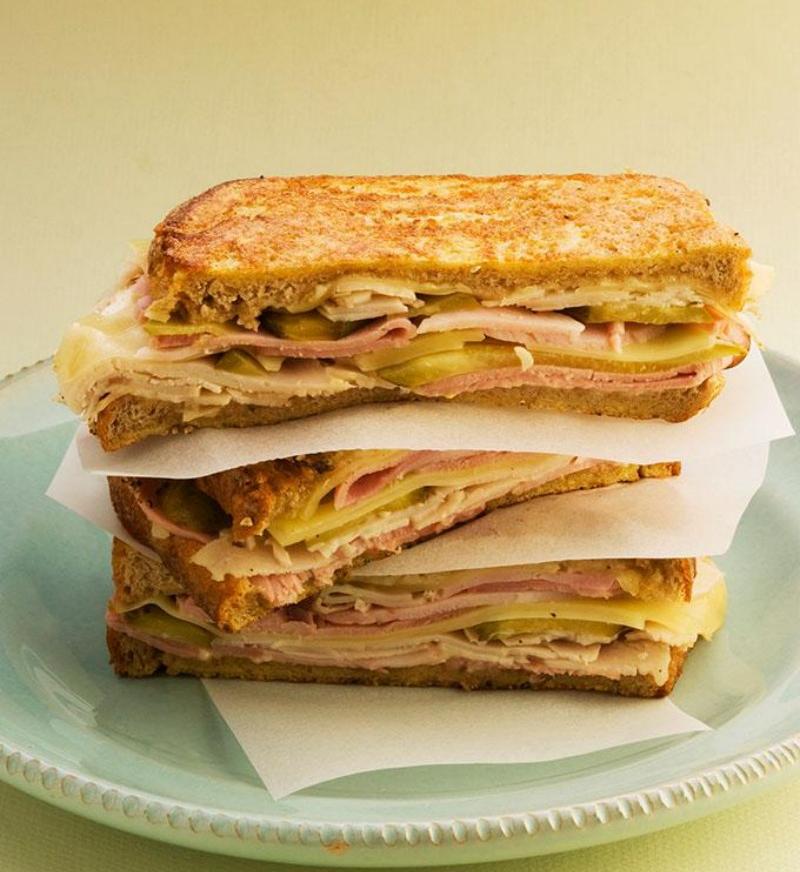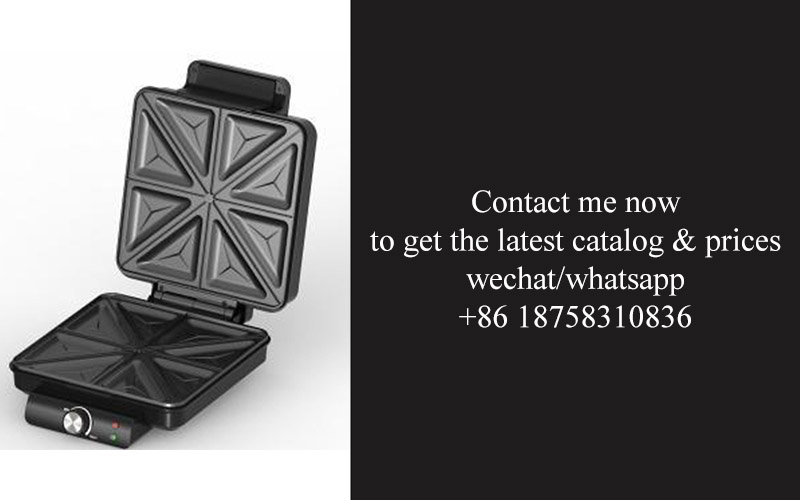Address
304 North Cardinal
St. Dorchester Center, MA 02124
Work Hours
Monday to Friday: 7AM - 7PM
Weekend: 10AM - 5PM
Address
304 North Cardinal
St. Dorchester Center, MA 02124
Work Hours
Monday to Friday: 7AM - 7PM
Weekend: 10AM - 5PM

In this digital age, convenience is more crucial than ever, and the rise of sandwich vending machines is reshaping the way we think about quick-service dining. These compact, automated wonders are popping up everywhere, promising a quick and easy solution to the age-old hunger pang. But is the initial investment and ongoing costs worth it? Let’s dive into the details and find out.
In today’s fast-paced world, convenience is king, and sandwich vending machines are stepping up to the plate to revolutionize how we grab a quick bite. These nifty devices are popping up in offices, universities, and even shopping malls, offering a fresh twist on the traditional vending machine experience.
These machines are a game-changer because they cater to our insatiable need for fast, delicious food. No more waiting in line or for the deli to open. Just push a button, and you’ve got a hot, freshly made sandwich in minutes.
With the increasing demand for on-the-go meals, sandwich vending machines are becoming a staple in many urban environments. They’re not just a fad; they’re a practical solution for those who need a quick and healthy option during a busy day.
The technology behind these machines has also improved significantly, allowing for a wider variety of sandwiches, from classic ham and cheese to gourmet creations. It’s like having a sandwich shop in a box, ready to serve at any time.
Moreover, the convenience extends beyond just the speed of service. With these vending machines, you can grab your meal even when the rest of the world is closed, making them perfect for late-night snacks or those unexpected hunger pangs. It’s clear that sandwich vending machines are not just changing the game—they’re redefining it.

A sandwich vending machine is a compact, automated unit designed to dispense pre-made sandwiches directly to customers. It’s like a mini sandwich shop on wheels, offering a variety of options at the push of a button. These machines are often equipped with touchscreens or simple push-button interfaces, allowing users to select their desired sandwich from a menu.
Inside, the vending machine is lined with compartments that keep each sandwich fresh and insulated. It can hold a diverse range of sandwiches, from simple ham and cheese to more complex options like gourmet salads or wraps. The sandwiches are typically made to order or pre-packaged, ensuring they’re ready for immediate consumption.
One of the key features of these machines is their ability to maintain a consistent temperature, whether it’s keeping a sandwich warm or cooling it down if that’s the preference. This is crucial for the quality and appeal of the food they dispense.
Some models also offer the option to add sides like chips, cookies, or a soft drink, making the vending machine a one-stop shop for a quick meal. The simplicity of the design means that these machines are user-friendly, accessible to people of all ages and technological comfort levels.

Investing in a sandwich vending machine involves several costs that are important to consider. The initial purchase price can vary widely depending on the brand, features, and capacity of the machine. Some basic models might start at a few thousand dollars, while more advanced or customized machines can cost upwards of $10,000.
Maintenance is another ongoing expense. This includes regular cleaning, which is crucial to keep the machine hygienic and the sandwiches fresh. Additionally, there may be costs for parts replacement or repairs, especially if the machine has complex mechanisms or electronic components.
Operational costs are also a factor. These include the cost of ingredients to fill the sandwiches, which can add up depending on the size of the machine and the variety of options offered. You’ll also need to budget for electricity, as these machines run continuously.
Moreover, there are costs associated with setting up the machine. This includes any installation fees, possibly a permit or lease agreement for the location, and marketing materials to attract customers. Don’t forget about the potential for service contracts to ensure the machine operates smoothly.
Lastly, consider the cost of labor. While vending machines automate much of the process, you’ll still need staff to manage inventory, handle cash, and possibly interact with customers. This could be a significant cost, depending on the scale of your operation.

When you’re looking at purchasing a sandwich vending machine, the initial investment can be broken down into a few key components. First, the machine itself is a major cost, ranging from a few thousand dollars for a basic model to over ten thousand for high-tech options.
You’ll also need to consider the cost of any necessary software or a management system that might come with the machine. This could be a one-time fee or a subscription service, which is something to factor into your budget.
Moreover, there are additional accessories to think about, like a secure cash drawer, thermal bags for keeping sandwiches hot or cold, and perhaps even a mobile payment system. These can add to the overall price tag.
Lastly, don’t forget about the cost of installation. Depending on the complexity of the machine and the requirements of your location, this could range from a simple setup to a more involved process with additional fees.

Regular maintenance is essential to keep your sandwich vending machine in top working order. This includes daily tasks like cleaning the interior to prevent food buildup and checking the mechanical parts for any wear and tear.
You’ll also need to keep an eye on the temperature control system, ensuring it maintains the right heat or chill for your sandwiches. This can sometimes require calibration or the replacement of heating elements or coolants.
Operational costs also include the ongoing supply of ingredients. This means regularly ordering bread, meat, cheese, and other fillings, which can vary in price depending on the volume you purchase and the brands you choose.
Additionally, you’ll have utility costs, primarily electricity, to consider. Vending machines can consume a fair amount of power, especially if they are kept warm or if they use electronic displays.
Lastly, don’t forget about potential service fees. If something goes wrong, you might need to call a repair technician, which can add to your operational expenses. Planning for these costs is crucial for the long-term success of your vending operation.

The return on investment (ROI) for a sandwich vending machine can vary widely based on several factors. One significant factor is the location. Machines in high-traffic areas or near busy workspaces can see more usage, potentially leading to quicker ROI.
Another important aspect is the pricing strategy. By offering competitive prices and ensuring a high-quality product, you can attract more customers, which can significantly boost your earnings.
Maintenance and operational costs should be carefully managed to maximize ROI. Keeping the machine well-maintained and efficiently stocked can prevent unexpected downtimes and ensure consistent sales.
Additionally, the variety of sandwiches and the quality of the ingredients play a role in customer satisfaction and repeat business. Offering a diverse menu with fresh, appealing options can keep customers coming back.
Lastly, consider the scalability of the investment. If you plan to expand with additional machines, this can spread the costs and potentially increase your ROI over time, as the overhead for each additional machine may be lower.

The cost of a sandwich vending machine can be influenced by the brand and model you choose. High-end brands with advanced features often come with a higher price tag.
The size and capacity of the machine also play a role. Larger machines that can hold more sandwiches will typically cost more than smaller, compact models.
The inclusion of special features, such as a built-in refrigerator, a touch screen interface, or the ability to accept mobile payments, can add to the overall cost.
The location where you plan to install the machine can impact the cost. High-traffic areas might require a more robust machine, which can be more expensive.
Lastly, the cost of installation and any necessary permits or fees can vary greatly depending on your location and the specific requirements of the machine.

Consider the volume of foot traffic in your chosen location. A machine that can handle a high volume of sandwiches per day might be worth the extra cost for peak periods.
Think about the variety of sandwiches you want to offer. Some machines are better suited for a diverse menu, while others might be more limited in what they can accommodate.
Check the machine’s maintenance requirements. A model that’s easy to clean and less prone to technical issues can save you time and money in the long run.
Also, consider the space available for the vending machine. Ensure it fits comfortably without obstructing pathways or creating safety hazards.
Look for a machine that aligns with your brand and target audience. A sleek, modern design might appeal to a different customer base than a more traditional-looking unit.
Lastly, don’t forget about the warranty and customer support. A reliable manufacturer with good customer service can make a big difference in the success of your vending operation.

Machines are becoming more tech-savvy, with features like contactless payments and mobile order options that streamline transactions for customers.
Integration with smart technology is on the rise, allowing vending machines to interact with mobile apps and provide real-time updates on product availability.
There’s a growing emphasis on sustainability, with machines made from eco-friendly materials and energy-efficient designs becoming more popular.
Customization is becoming a key trend, with some machines offering the ability to add or omit ingredients based on individual preferences.
The inclusion of healthier options, such as salads and vegetarian sandwiches, is becoming more common as consumers demand more nutritious choices.

When weighing the cost of a sandwich vending machine, consider the convenience it brings to customers. It can significantly boost sales during peak hours.
The ease of maintenance and the fact that it operates 24⁄7 means you can serve customers at any time, potentially increasing revenue opportunities.
While the initial investment is significant, the potential for scalability allows you to add more machines over time, spreading the cost and potentially increasing profits.
The right location can make a big difference. A machine in a high-traffic area can justify the cost with increased sales.
In the end, the value of a sandwich vending machine is often in its ability to offer a service that’s consistently in demand and can be easily managed, freeing up time for other business operations.